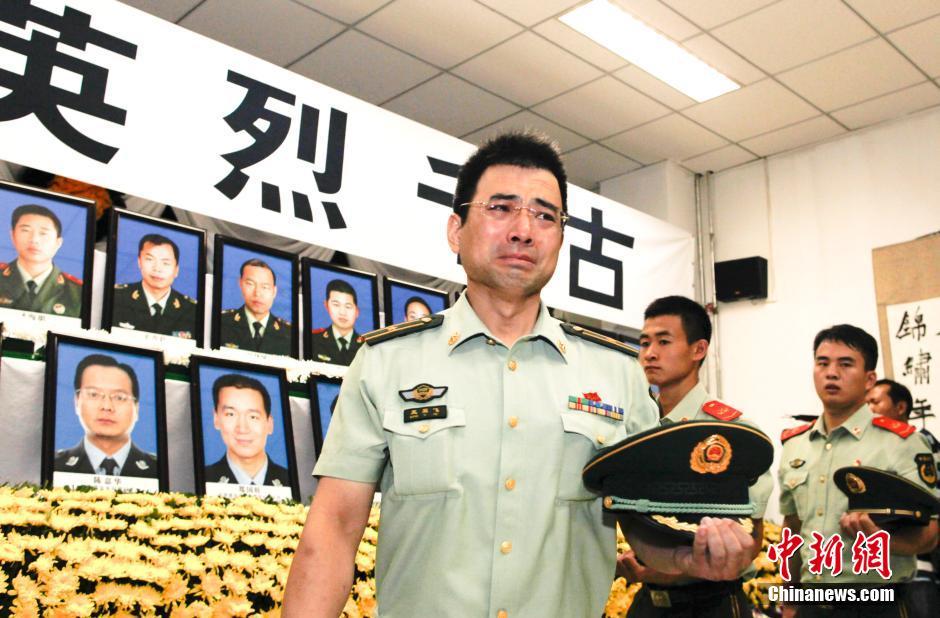“Don’t rub salt on our wounds” were the words used by the head of Tianjin’s fire department on Thursday to deflect criticism aimed at firefighters’ initial response to the chemical explosions that killed 116 on August 12.
At a press conference on Thursday, fire services chief Zhou Tian confirmed that 65 firefighters died in last week’s blasts—well over half of China’s official figure of 116 casualties—whilst dozens more remain missing.
“What must the families of the fallen firefighters and those still in hospital think when they hear the charges of ‘charging into the sea of flames’?” Zhou shot back at inquisitive reporters.

The grief felt by family members of the firemen lost in the tragedy in the northern port city has been real, powerful, and public. So, too, has the admiration expressed by people across the country.
However, the tragedy has also shone a critical light on how the nation’s fire services operate. In particular, commentary has focused on firefighters’ lack of training and experience and the service’s poor adherence to international guidelines.
The youngest firefighter to lose his life in the blasts was just 17 years old.

Emergency workers speaking to state broadcaster CCTV said that firefighters were sent to douse the flames from the initial, much smaller blast without knowing what was stored in the facilities affected.
This may even have been what caused the second, far larger explosion that subsequently engulfed the port, as the chemicals stored inside—highly toxic and flammable sodium cyanide—are known to react violently with water.
According to internationally accepted procedures, “step one” before attempting to extinguish a blaze with water should be to identify the materials on fire.

In an interview with the Beijing News from January this year, retired firefighters said that poorly trained recruits are sent to the front line after just a few months, lacking “even basic knowledge.”
Members of a Fujian fire brigade told the paper that “new recruits don’t even know where the most dangerous parts of a fire are.” Earlier that month, one of five firefighters killed in a blaze in Harbin had been with the service a little over a month before he was sent to the massive fire.
In China, businesses with a high risk of fire are obliged to set up their own fire brigades. This was the case with the Tianjin Port Group, which employed 240 of it’s own firefighters.
While firefighters in the employment of the government receive benefits comparable to police officers, civil servants and soldiers, those employed by Tianjin Port Group were contract workers with fewer benefits and less training.

China Labour Bulletin has pointed to the country’s lack of a firefighters’ union as a key factor that has led to an “understaffed, poorly-trained and poorly paid workforce.”
In Shanghai, contract firefighters make less than RMB1,200 (HK$1,455) a month. Across the country, they have few opportunities for promotion and typically serve just short, two-year terms on the job.
Between 2008 and 2012, there were over 140 firefighter deaths in China—a rate of 28 per year—with an average age of just 24-years-old.
